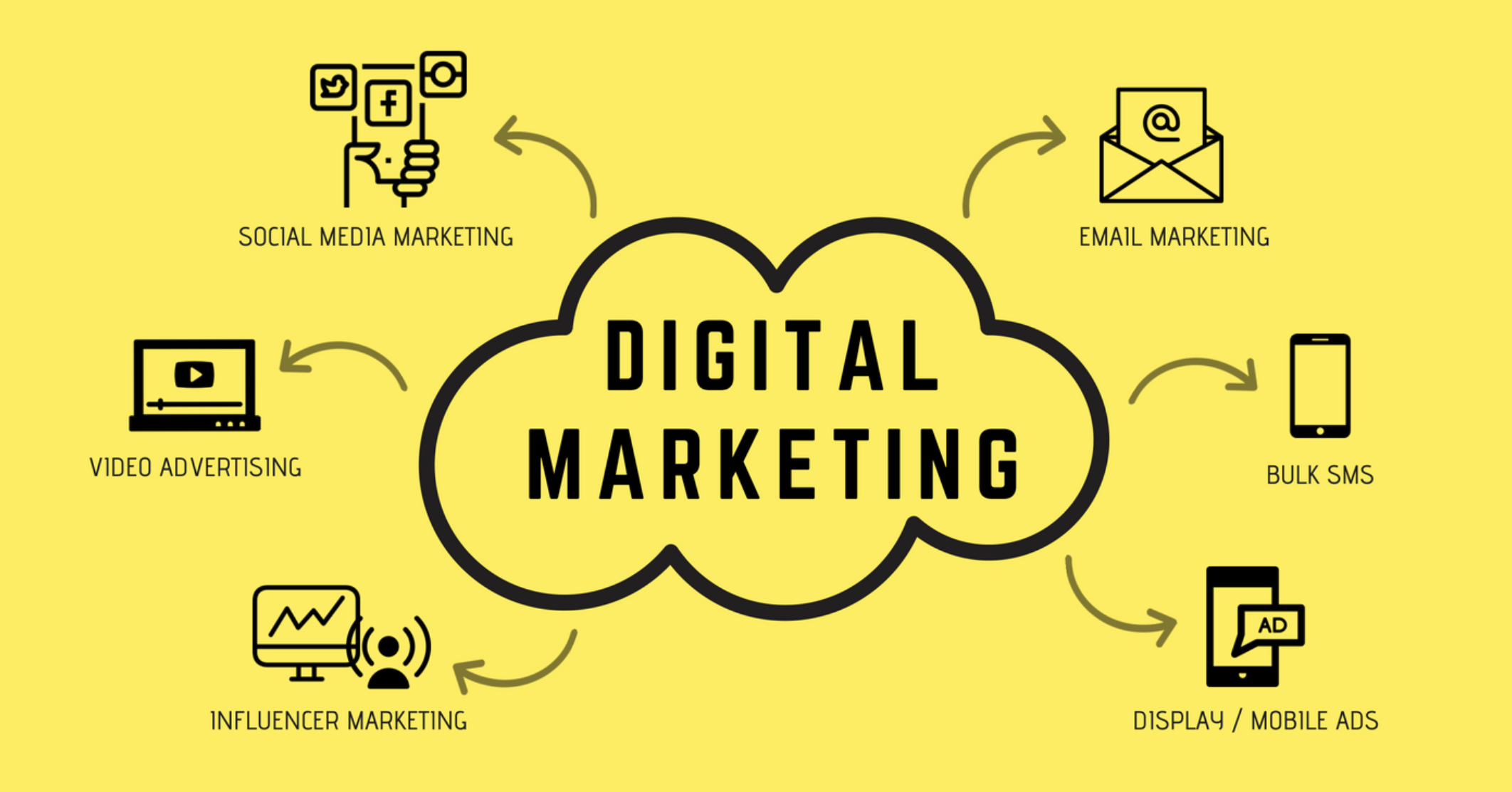Revealing the Mastery of The Ad Firm: Your Gateway to Exceptional Services
Enhance Customer Experience and Drive Website Traffic With Responsive Website Design
In today's electronic landscape, where individuals are accessing web sites from a wide variety of tools, receptive web design has actually come to be more important than ever before. With its capacity to adjust and seamlessly adjust to various screen sizes, responsive style not just boosts customer experience however likewise drives website traffic to your internet site.
Why Receptive Website Design Matters
Responsive web style is a necessary element of contemporary web development as a result of its capacity to make sure optimum customer experience across various devices and screen dimensions. With the spreading of mobile phones, tablet computers, and various other smart phones, it has actually come to be essential for websites to adjust and provide smooth capability despite the gadget being used.
The main factor why responsive website design matters is that it enables customers to have a consistent and enjoyable searching experience, despite the gadget they are making use of. A responsive web site automatically readjusts its design, material, and style components to fit the screen size and resolution of the tool, making certain that customers can quickly browse and interact with the internet site without any type of hassle or irritation.
Moreover, responsive website design likewise plays a substantial role in search engine optimization (SEO) Internet search engine, such as Google, focus on internet sites that are mobile-friendly and receptive in their search engine result. By including receptive style principles, sites can enhance their exposure and ranking, resulting in enhanced organic traffic and potential customers.

Boosting Individual Engagement With Responsive Design
Maximizing individual engagement is a vital goal of responsive style, as it makes sure that individuals can conveniently access and interact with site material on any type of device. With the enhancing usage of tablets and smartphones, it is vital for websites to adapt to different screen sizes and resolutions. Responsive layout makes it possible for sites to immediately readjust their format and content to provide a seamless individual experience throughout tools.
Among the main means receptive layout improves individual engagement is by reducing load times. With a responsive internet site, customers don't have to wait on different mobile variations to lots, leading to much faster accessibility to material. This better speed causes greater customer satisfaction and motivates them to spend more time on the website.
Furthermore, receptive layout boosts customer engagement by enhancing navigating and customer interface (The Ad Firm). When a web site is created responsively, buttons and menus are optimized for touch interactions, making it much easier for customers to communicate and browse with the website on their mobile tools. This instinctive and straightforward experience keeps customers involved and motivates them to check out even more of the site
Moreover, responsive design permits far better material visibility and readability. By adapting the format and font style sizes to different tools, responsive websites make certain that individuals can quickly read and recognize the material. This improves customer involvement by decreasing the need for scrolling or zooming to read the message.
Increasing Site Website Traffic With Responsive Website Design
With the growing popularity of mobile gadgets, having a website that is responsive to different screen sizes and resolutions is vital for driving boosted website traffic. In today's digital landscape, users are accessing sites from a range of gadgets such as smart devices, tablet computers, and home computer. Each of these gadgets has different screen dimensions and resolutions, and if your site is not made to adapt to these variants, it can bring about an inadequate customer experience and a loss of potential web traffic.
Receptive website design makes sure that your website looks and functions optimally throughout all tools. By utilizing adaptable grids, liquid images, and media questions, receptive design enables your web site to instantly adjust its design, web content, and navigation to fit any display dimension. This implies that individuals will have a seamless surfing experience no matter of whether they are utilizing a little mobile phone or a big desktop computer computer.
Key Elements of Effective Receptive Layout
Effective receptive design integrates several crucial elements that make sure a seamless individual experience throughout different gadgets. This permits content to be shown in a visually appealing and understandable manner on any kind of gadget.
An additional crucial element is media inquiries. These allow developers to apply various styles and formats based upon the attributes of the user's gadget, such as display size Going Here and positioning. By making use of media inquiries, developers can optimize the discussion of content for every tool, guaranteeing that it is conveniently obtainable and readable.
Receptive photos are likewise critical in effective responsive style. Photos that are as well big can decrease web page load times on mobile phones, while pictures that are also tiny may appear pixelated on larger screens. By utilizing methods such as receptive photo resizing and lazy loading, designers can make sure that pictures are suitably sized and maximized for each and every gadget.
Finally, efficient receptive layout entails a mobile-first strategy. This means creating and focusing on material for mobile gadgets first, and afterwards improving the design and broadening for larger displays. This approach guarantees that the most essential web content is conveniently obtainable on smaller sized screens, while still providing an abundant experience on larger devices.
Ideal Practices for Carrying Out Responsive Website Design
Implementing receptive web layout needs careful factor to consider of different best methods to guarantee an optimal customer experience across various gadgets. Here are some vital best practices to adhere to when applying responsive website design.
To start check these guys out with, it is crucial to focus on mobile customers. With the raising prominence of mobile phones, creating for mobile-first has come to be vital. Start by creating for smaller sized screens and after that progressively boost the layout for bigger screens.

One more important best practice is to maximize photos for different display resolutions. Big images can reduce down the packing time of your web site, particularly on smart phones with slower links. Use responsive pictures that can be resized based on the gadget's screen resolution to improve efficiency.
Additionally, test your internet site on different tools and screen dimensions to make sure a smooth and consistent experience. There are various screening devices offered that can aid you identify any type of concerns and make required changes.
Lastly, prioritize functionality and ease of access. Make sure that your website is simple to browse, with concise and clear web content. Make sure that your web site is accessible to people with handicaps and complies with access guidelines.
Final Thought
In final thought, receptive web style plays a vital function in enhancing customer experience and driving website traffic to web sites. By embracing receptive style concepts, web sites can make sure optimal checking out experiences across various tools, leading to enhanced user engagement.
Enhancing customer interaction is a crucial goal of responsive design, as it ensures that customers can quickly accessibility and engage with internet site content on any type of tool. Responsive style makes it possible for web sites to instantly adjust their design and web content to offer a smooth Learn More customer experience across gadgets.
Additionally, responsive layout enhances individual involvement by improving navigating and customer interface.Responsive photos are also crucial in efficient responsive style. By adopting responsive layout principles, internet sites can guarantee optimum seeing experiences throughout different tools, leading to boosted user interaction.